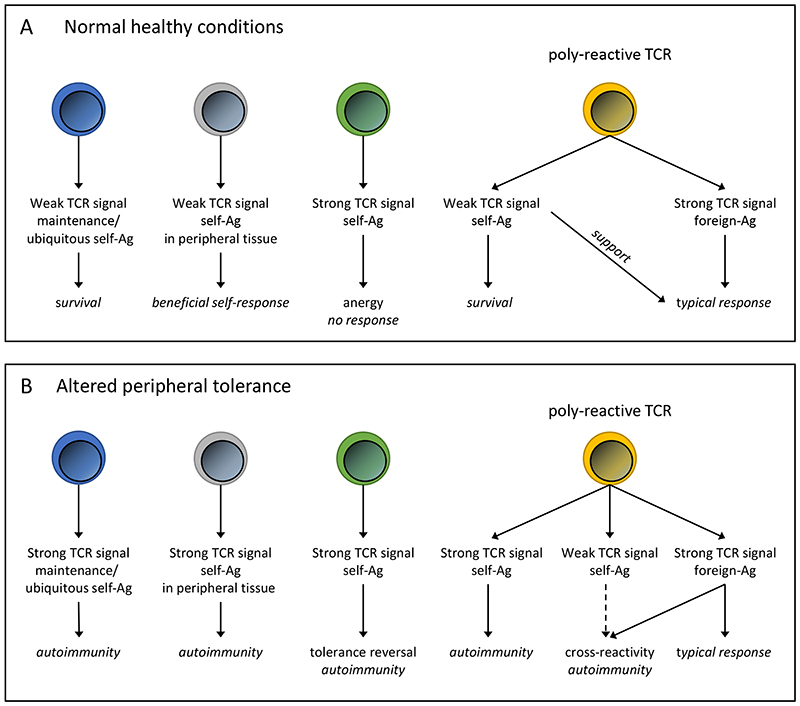Figure 1. Functional responses following TCR:pMHC engagement in healthy conditions and situations with altered peripheral tolerance.
(A) In healthy individuals, weak signals produced by engagement of TCRs with self-peptide/MHC complexes (self-Ag) can result in multiple beneficial responses ranging from survival (maintenance ligand; on the single cell level) to supporting tissue homeostasis and foreign antigen responses (poly-reactive TCRs). While strong self-peptide/MHC induced TCR signals lead to anergy. (B) In situations where peripheral tolerance mechanisms have been altered, such as cancer immunotherapy or Treg cell depletion, the functional avidity of TCR:pMHC interactions will be changed. This might shift the activation threshold and lead to the emergence of destructive autoimmune diseases. For example, a previously non-functional T cell can now be activated by a ubiquitous self-Ag or a physiological self-reactive T cell could be converted into a pathological self-reactive T cell.

